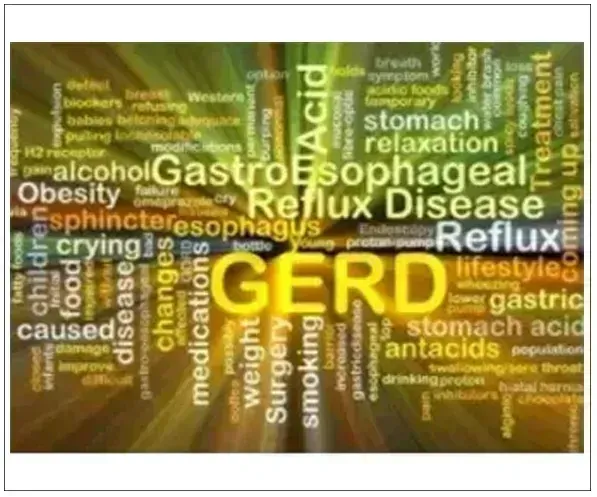

Gastroesophageal reflux disease or GERD occurs when the lower esophageal sphincter (LES) does not close properly, and stomach contents splashback, or reflux, into the esophagus. The LES is a ring of muscle at the bottom of the esophagus that acts like a camera shutter between the esophagus and stomach.

The esophagus carries food from the mouth to the stomach. When reflexed stomach acid touches the lining of the esophagus, it causes a burning sensation in the chest or throat called heartburn. The fluid may even be tasted in the back of the mouth, and this is called acid indigestion.
Occasional heartburn is common but does not necessarily mean one has GERD. Heartburn that occurs more than twice a week may be considered GERD, which can eventually lead to more serious health problems. Anyone, including infants, children, and pregnant women, can have GERD.
The main symptoms are persistent heartburn and acid regurgitation. Some people have GERD without heartburn. Instead, they experience pain in the chest, hoarseness in the morning, or trouble swallowing. You may feel like you have food stuck in your throat or like you are choking or your throat is tight. GERD can also cause a dry cough and bad breath.

If you have had heartburn or any of the other symptoms for a while, you should see your doctor. You may want to visit an internist, a doctor who specializes in internal medicine, or a gastroenterologist, a doctor who treats diseases of the stomach and intestines.
Depending on how severe your GERD is, treatment may involve one or more of the following lifestyle changes and medications or surgery.
Doctors usually recommend lifestyle and dietary changes to relieve heartburn. Many people with GERD also need medication or surgery.